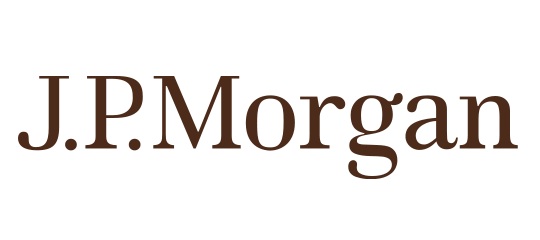J.P. Morgan Chase & Co. (NYSE: JPM) already has announced it will cut well over 10,000 jobs, primarily because its mortgage business has slowed. The Financial Times puts already planned cuts at as many as 15,000, which will be followed by several thousand more, it reports. If the bank’s mortgage business continues to worsen and it closes more branches, the layoffs could reach close to 20,000. The reasons for the J.P. Morgan cuts are not unique. Because they are shared with America’s other largest banks, the “downsizing” trend among these companies will accelerate.
One of the foundations of job cuts among banks is their managements’ beliefs that the bank branch has become a thing of the past. People can perform most withdrawals and deposits at ATMs. And in the age of e-commerce, customers can pay bills online, and even perform more complex transactions such as applying for mortgages. As mortgage demand falls, what better way to cover the retreat in revenue than by eliminating people in favor of the online bank?
Armies of tellers have been part of the banking business for decades. But, in aggregate, these thousands of people, even if they are paid poorly, add up to hundreds of millions of dollars in expenses every year. On top of that, branch operations require rent, and in some cases these branches are on street corners in major cities — where rent levels are high.
J.P. Morgan may even be late to the period of mass bank layoffs, due to the radical change in retail banking. On a net basis, Bank of America Corp. (NYSE: BAC) has been closing banks for two years. So has Wells Fargo & Co. (NYSE: WFC).
J.P. Morgan may use the excuse of a contracting demand for mortgages as it fires thousands. The reason is more complicated than that. The corner bank lost its relevance a while ago, and for many customers it is not necessary at all. In sum, depositors do not have to stand in line any more.
It’s Your Money, Your Future—Own It (sponsor)
Retirement can be daunting, but it doesn’t need to be.
Imagine having an expert in your corner to help you with your financial goals. Someone to help you determine if you’re ahead, behind, or right on track. With SmartAsset, that’s not just a dream—it’s reality. This free tool connects you with pre-screened financial advisors who work in your best interests. It’s quick, it’s easy, so take the leap today and start planning smarter!
Don’t waste another minute; get started right here and help your retirement dreams become a retirement reality.
Thank you for reading! Have some feedback for us?
Contact the 24/7 Wall St. editorial team.



